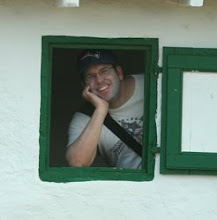More on the FL Ivory-bill Sightings
Auburn University's web site has a press release that details the reports of new Ivory-billed Woodpecker sightings in Florida. The team, led by AU professor Geoff Hill, documented 14 sightings of the bird as well as a wealth of audio evidence. They also found 20 nest cavities that were consistent with size range for the birds.
The press release also links to a more extensive page on the Auburn University web site. This site details more of the investigation and even has pictures of the nesting cavities and the river. It also has a link to a researcher's site which has the audio recordings for anyone who's interested in hearing them.
The full report, along with an editorial, has been published in the scientific journal Avian Conservation and Ecology.
These new sightings couldn't have come at a better time. Just when the naysayers have started to gain steam due to the lack of any new sightings from Arkansas, we get this report containing substantial data. And, mark my words, this won't be the last you hear about this species. Someone will get a photo or video of the bird, probably in the next two years. Because it IS out there. And now people know about it and are looking.
And this is all thanks to the team behind last year's "rediscovery": Gene Sparling, Tim Gallagher, and Bobby Harrison. Gene found the bird and Tim and Bobby substantiated his report. Without Bobby and Tim following up on the sighting, it certainly wouldn't have gotten the attention that it deserved. The dedication of these two guys is unbelievable. Their love of the mystery, the chase, and the species itself makes them tireless explorers.
And they may have made the greatest contribution to the effort by breaking the "taboo" of the Ivory-billed Woodpecker. Before them, ANY report of the bird was almost casually dismissed by those who should have been investigating them. Now there is no longer a stigma involved with reporting this bird. Serious researchers are looking. Birders are looking. Even people who had never heard of the species are looking. The tide is changing. Its just a matter of time.











